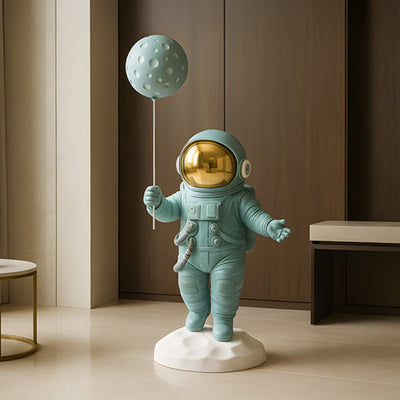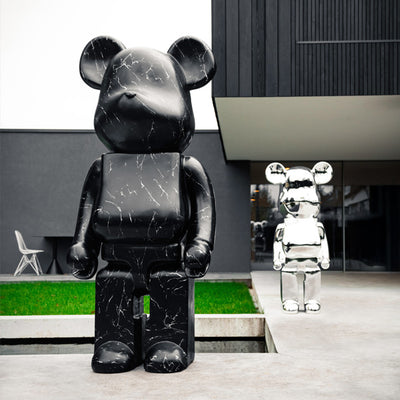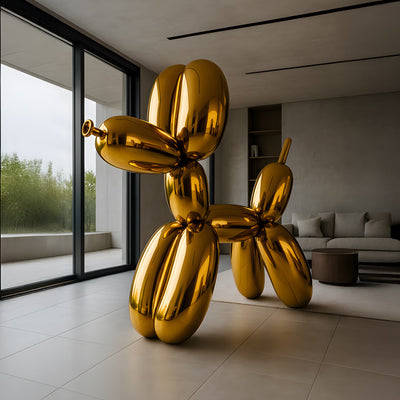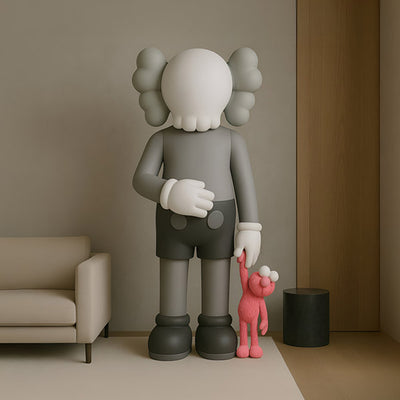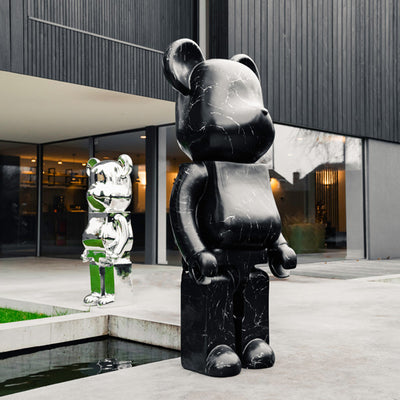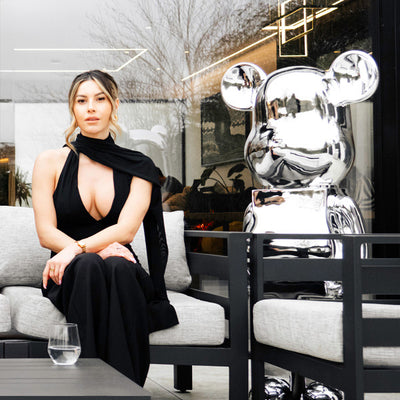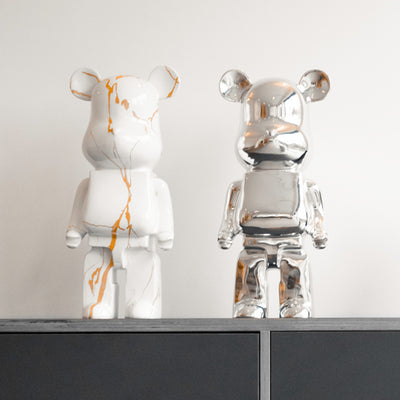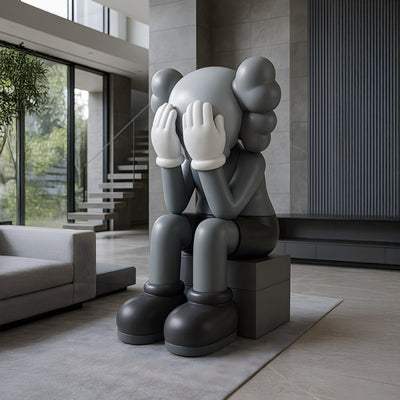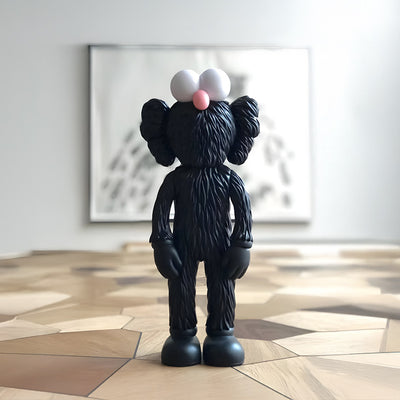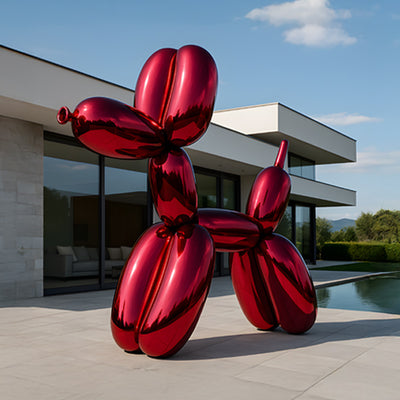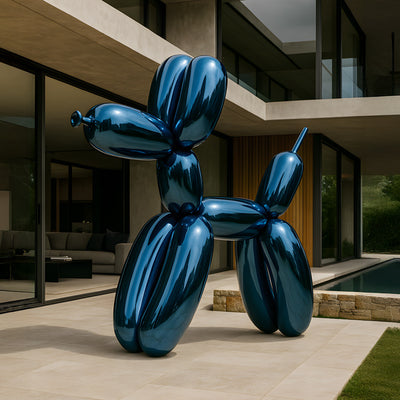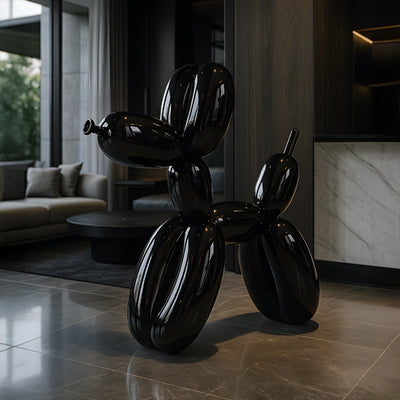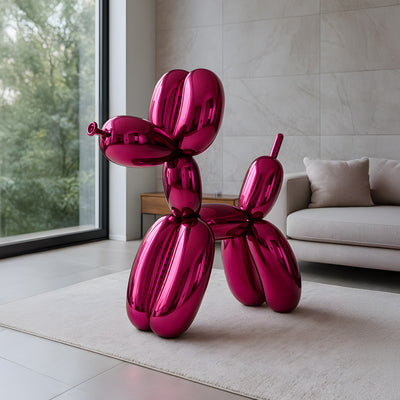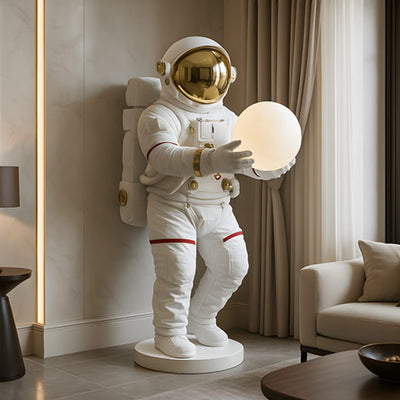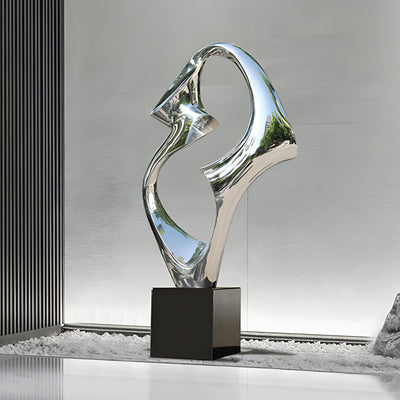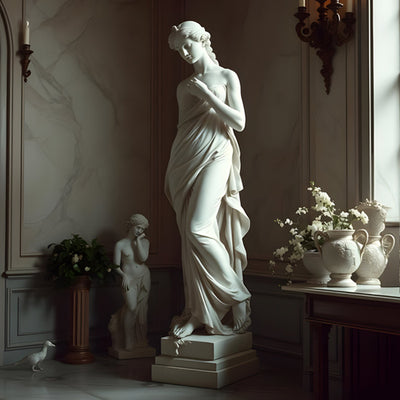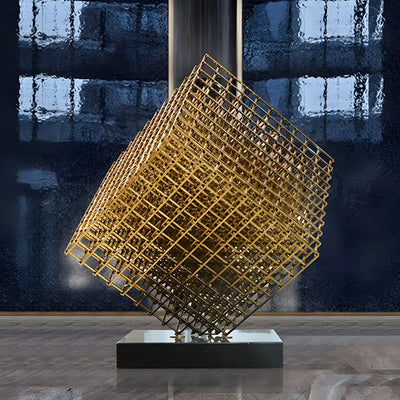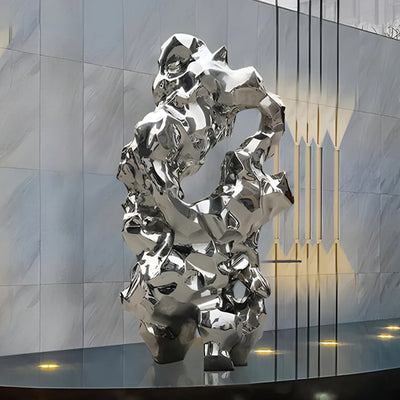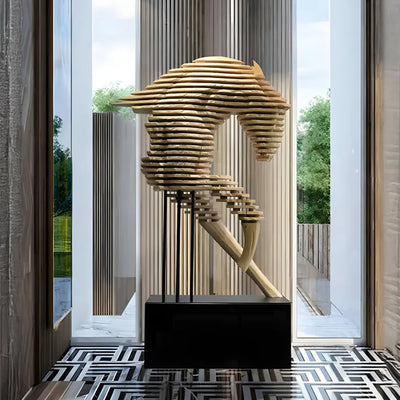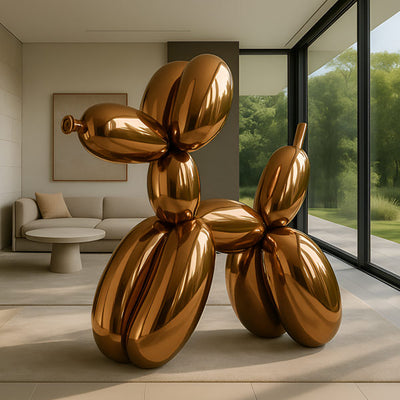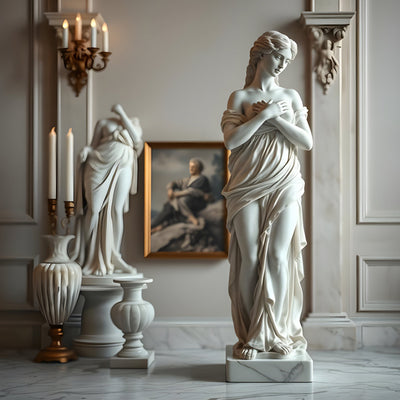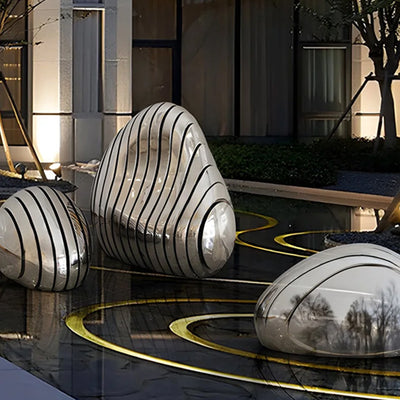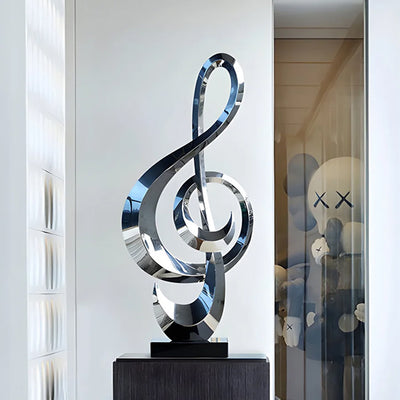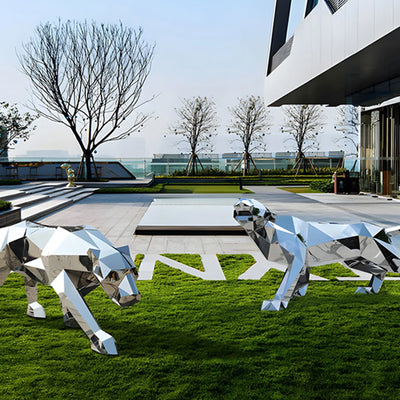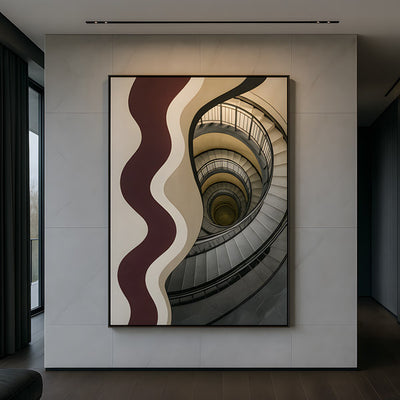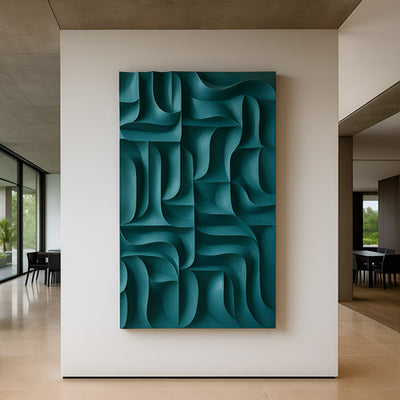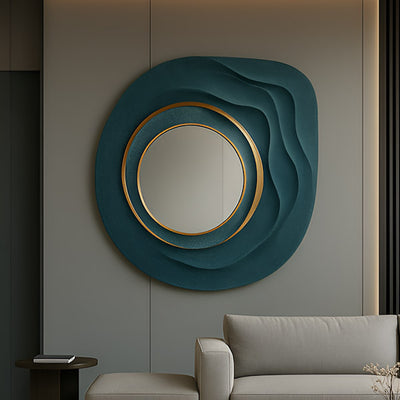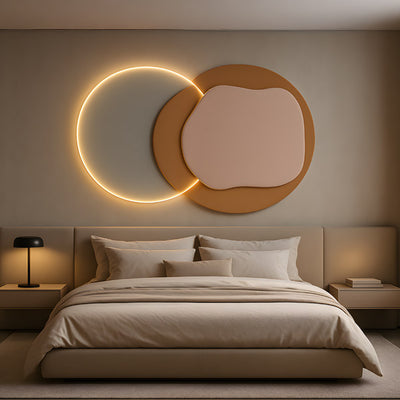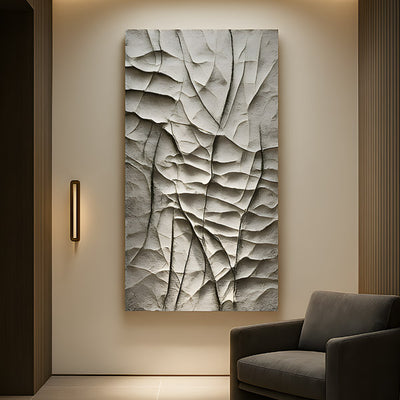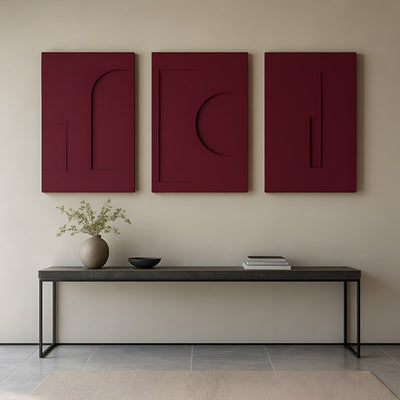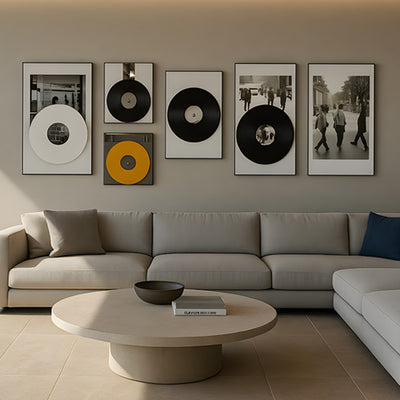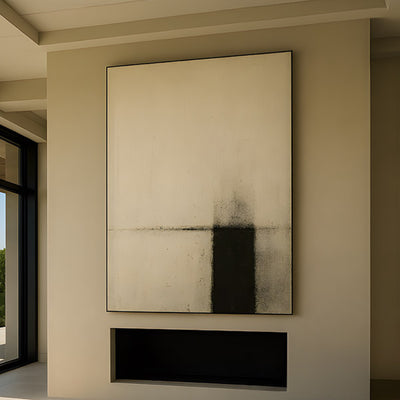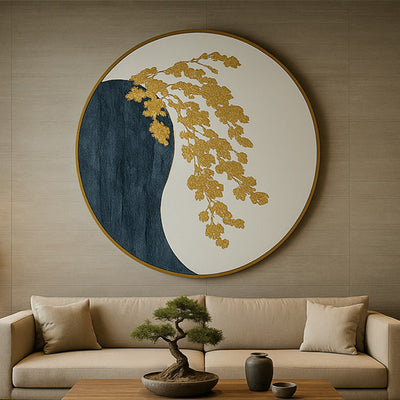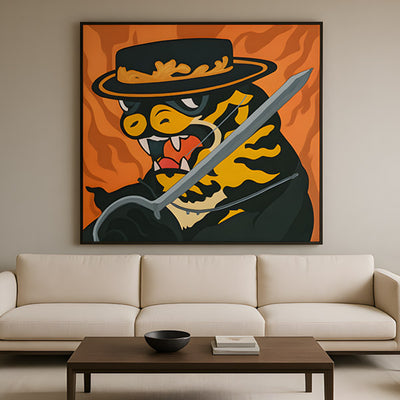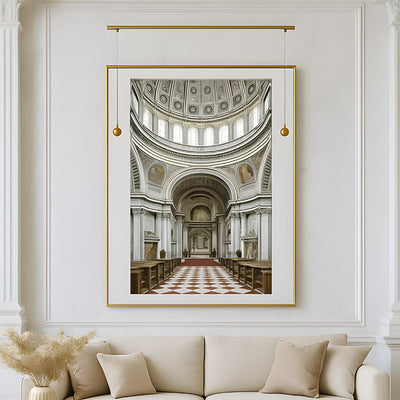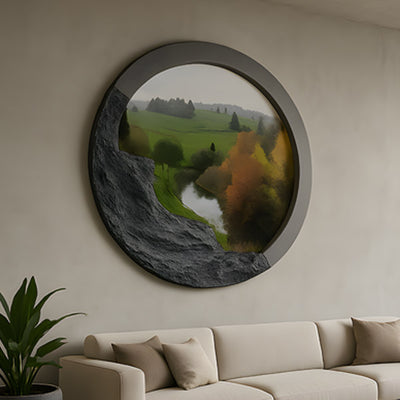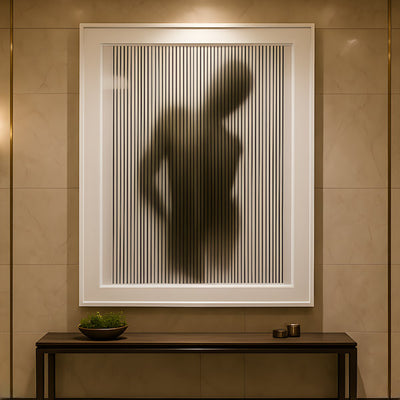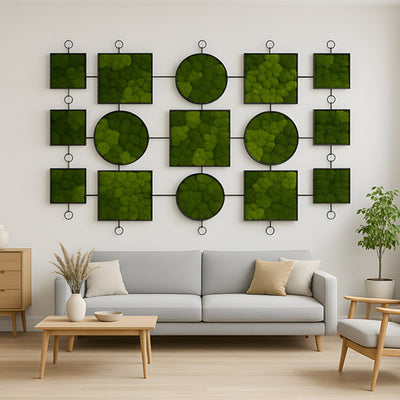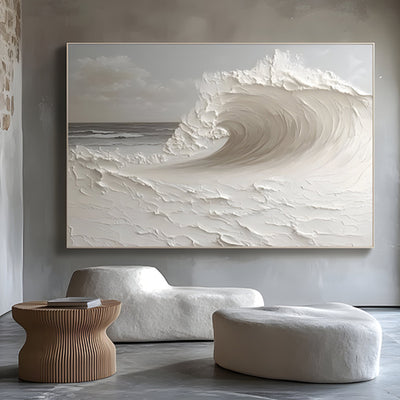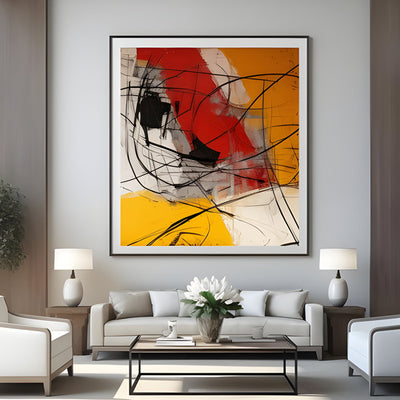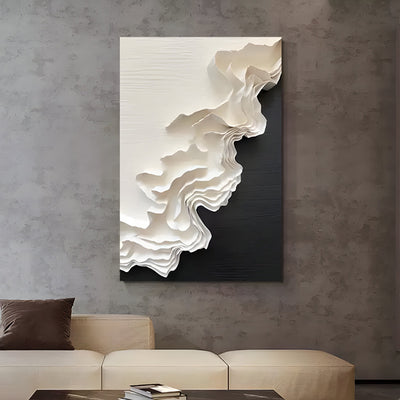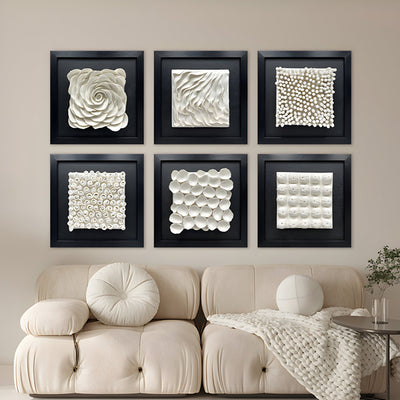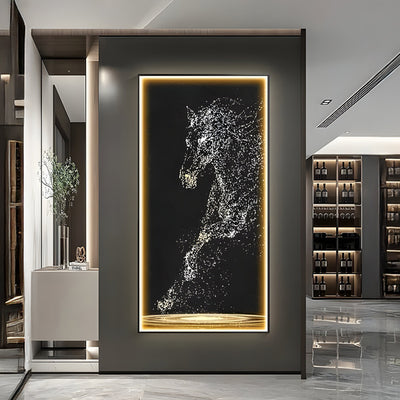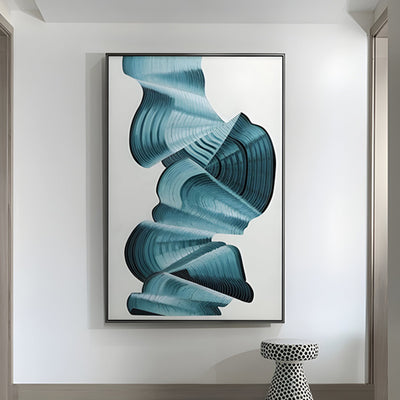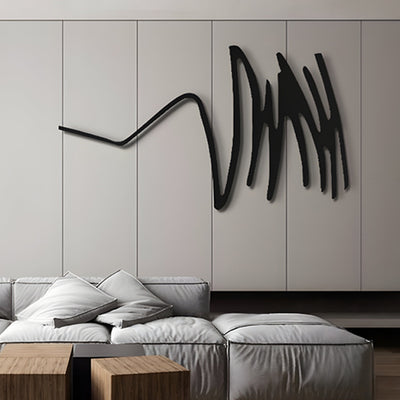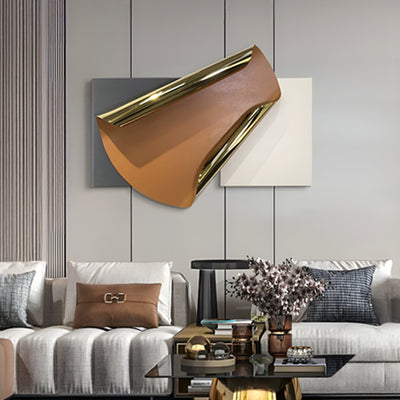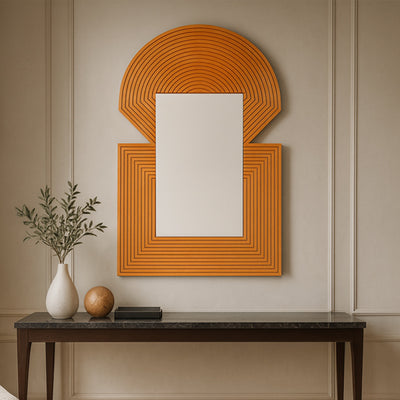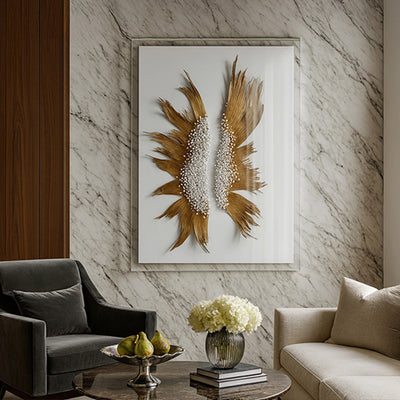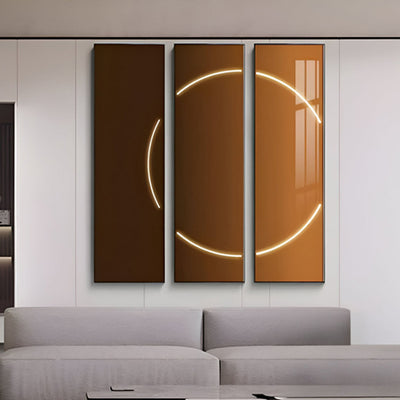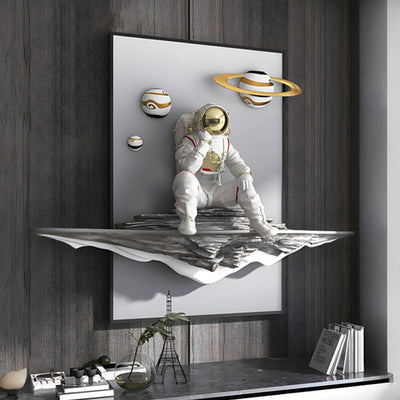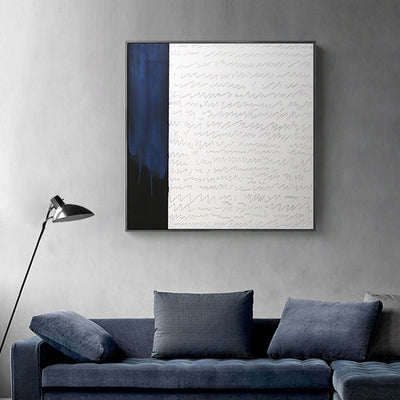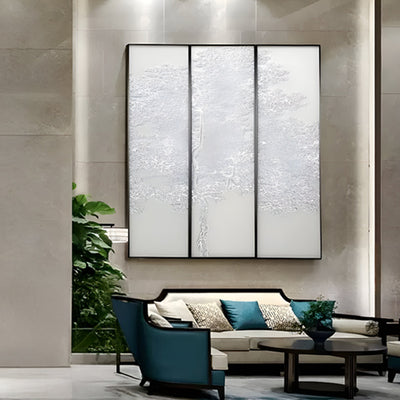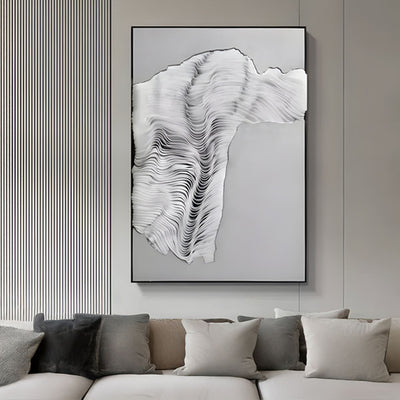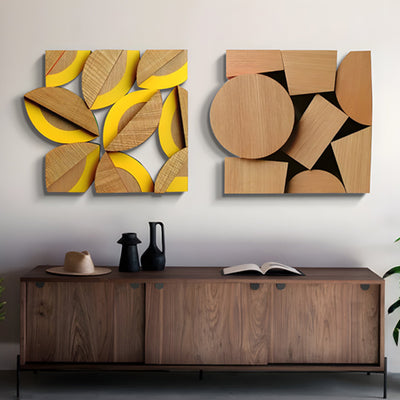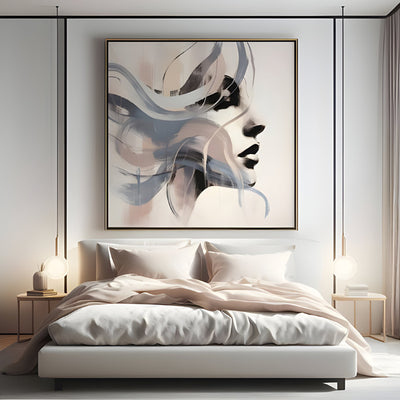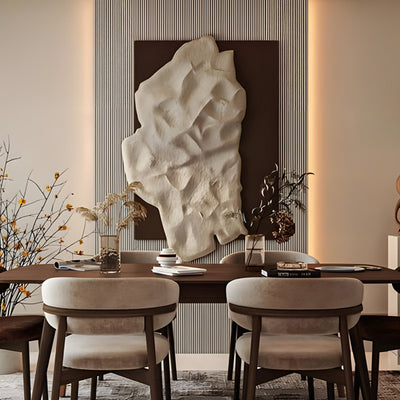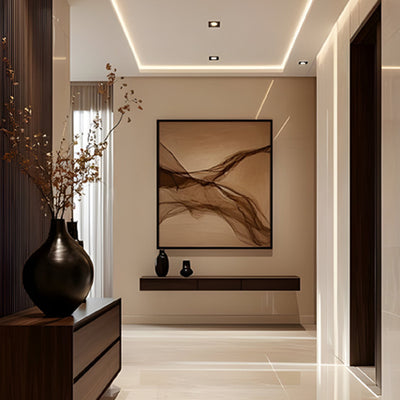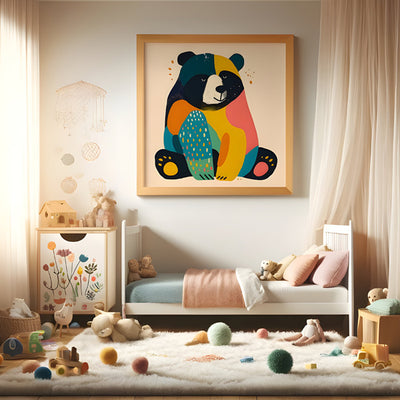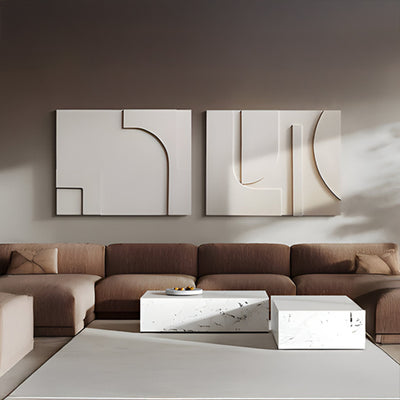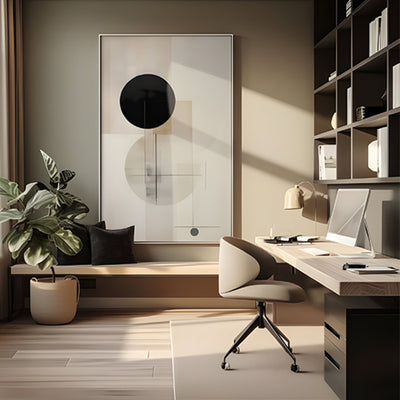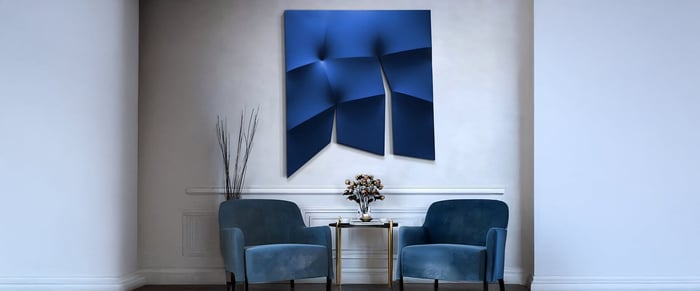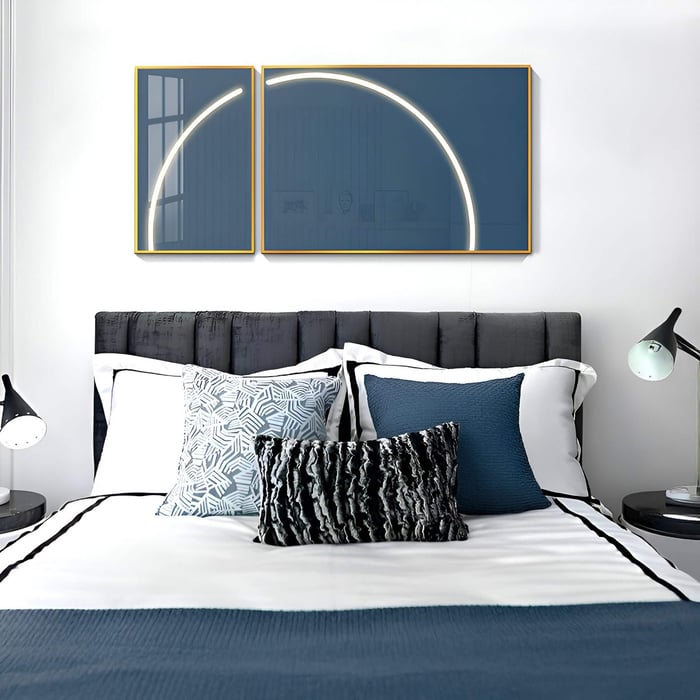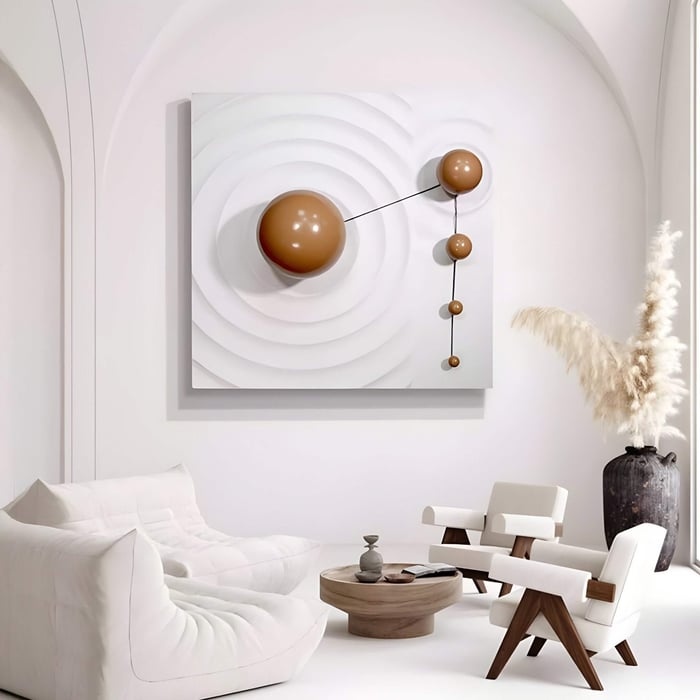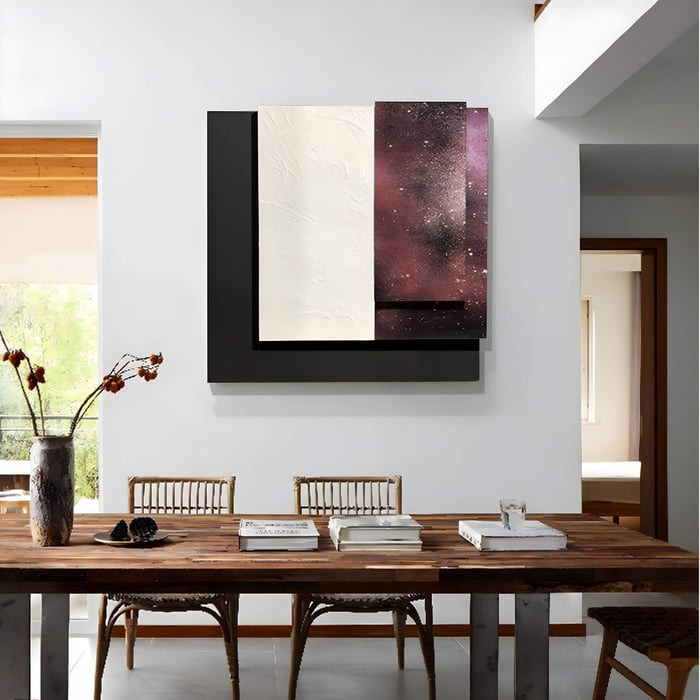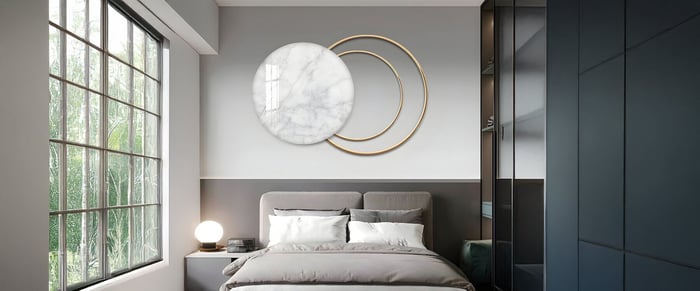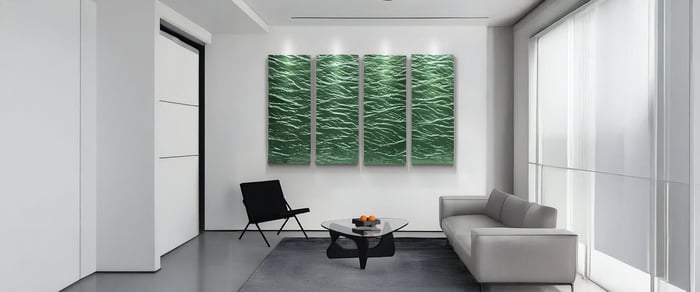Introduction
Geometric art is more than just a design trend - it’s a visual language that speaks to the rhythm and mood of a space. Whether you’re styling your living room or upgrading your bedroom art, geometric shapes can subtly shift how a room feels, from calm to invigorating.
The interaction of lines, patterns, and symmetry offers a unique way to reflect or transform a room’s energy. From bold chevrons to soothing circles, every geometric form has a psychological impact. In this guide, you’ll discover how to select and style geometric art that not only complements your room but actively enhances its atmosphere. 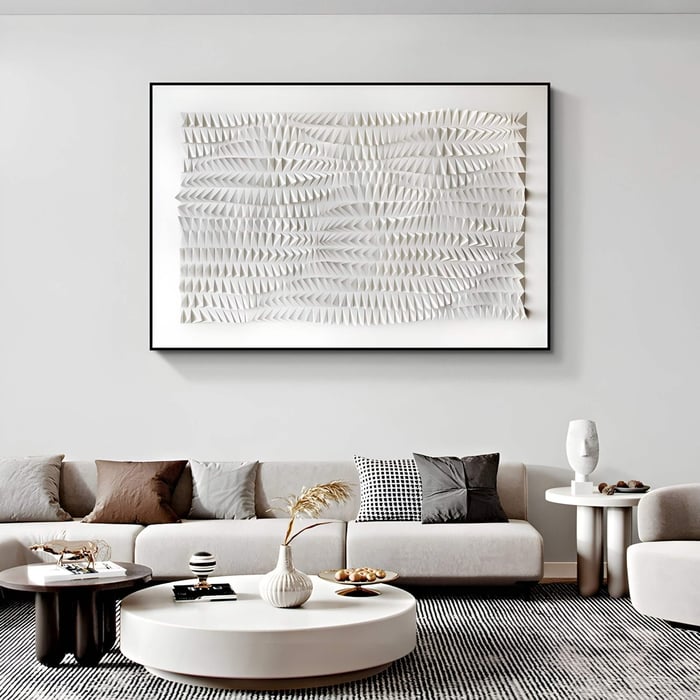
Why Geometric Art Matters in Interior Design
Geometric art introduces structure and intention to interior spaces. It’s not simply decorative - it informs the spatial dynamic of a room. The clean lines and repeated patterns typical of geometric designs help establish a sense of order, making environments feel more harmonious and visually grounded.
From a psychological standpoint, symmetrical designs can evoke calm and stability, while asymmetrical or sharply angled compositions stimulate thought and movement. This dual nature makes geometric art ideal for both relaxing and energetic settings. Influences from mid-century modern art to contemporary minimalism have cemented geometric expression as a core tool for interior stylists. When applied thoughtfully, it becomes an anchor for aesthetic and emotional balance.
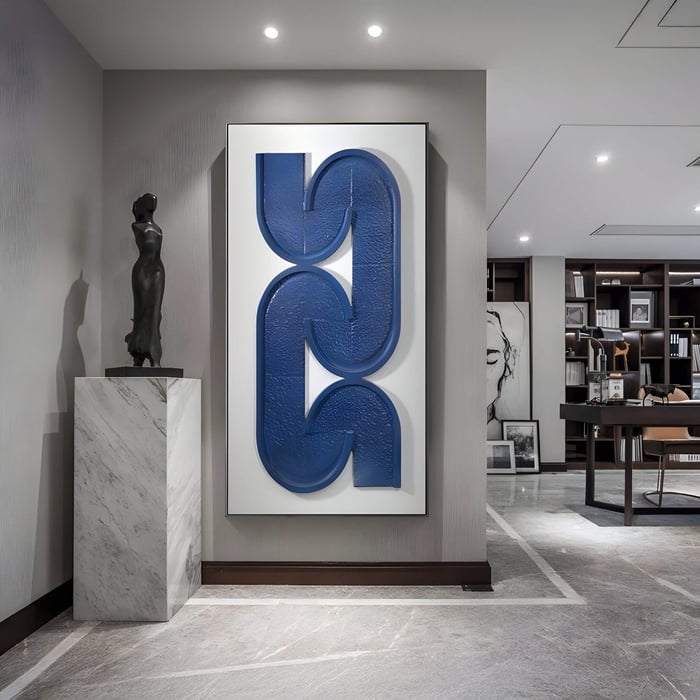
Calm vs. Energetic Spaces: Which Patterns Work Best?
Angular Lines for Focus and Energy
If you’re designing a space meant to inspire activity or mental clarity - such as a home office, creative studio, or even bold dining room art - opt for geometric art that uses angular lines. Sharp-edged shapes like triangles, zigzags, and hexagons evoke energy and precision. These patterns work especially well in rooms where you want to promote movement, focus, or conversation.
Pair bold black-and-white chevrons with minimalist furniture for a striking effect, or choose colorful polygonal prints that liven up a neutral palette. In dining areas, dynamic geometric pieces can act as vibrant focal points, stimulating interaction and elevating visual interest.
Soft Curves for Calm
Conversely, spaces designed for relaxation - such as bedrooms, lounges, or meditation corners - benefit from curves and flowing lines. Circular and oval forms are known to create a soothing visual rhythm. They promote softness, balance, and introspection, making them ideal for bedroom art.
To maintain tranquility, select geometric art in muted tones - blush, sage, soft gray - that incorporates circular motifs or abstract swirls. These can reduce visual noise and help establish a peaceful energy. For modern art enthusiasts, look for contemporary takes on mandalas or minimalist concentric circles.
By aligning shape dynamics with the room’s intended purpose, you can let the geometry set the emotional tone.
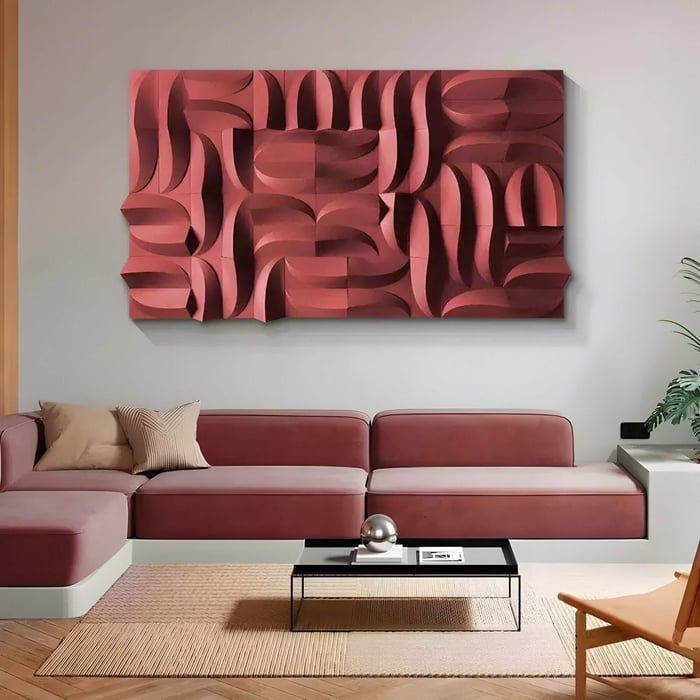
Using Curves vs. Sharp Lines
Choosing between curves and sharp lines in geometric art depends heavily on the function and feel of the room.
In a living room art context, you might want a hybrid approach - mixing structured energy with calm undertones. Consider a large canvas that juxtaposes sharp triangles with soft arcs, bringing both harmony and dynamism into communal spaces. Abstract prints combining both elements allow for versatility and layered emotion.
In contrast, bedroom art should lean more toward visual softness. Gentle arcs and ellipses offer a counterbalance to the edges of furniture and room corners, helping to reduce spatial tension. Use art with rounded symmetry to complement your color scheme and create a restful atmosphere.
Both forms have their strengths. The key lies in understanding how line psychology affects spatial experience.
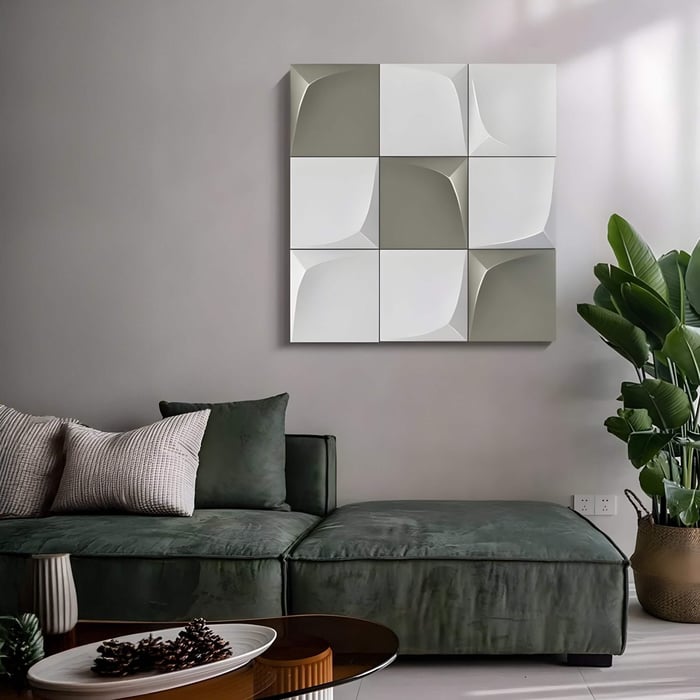
Choosing Ideal Color Palettes for Geometric Balance
Color plays a critical role in how geometric forms are perceived. Even the sharpest shapes can feel calm if rendered in cool or neutral tones, while soft curves can become striking when painted in high-contrast colors.
In vibrant, social zones like kitchens or dining areas, lean into rich, energetic hues - mustard, coral, or turquoise - to enhance the liveliness of your dining room art. These tones amplify the dynamic nature of angular geometric shapes and invite conversation.
For a calmer space, opt for pastel tones, earth-inspired neutrals, or monochrome schemes. These palettes create a sense of serenity, especially when paired with circular or spiral motifs. You can also use complementary or analogous color strategies to keep the visuals balanced and appealing.
Ultimately, color can either intensify or soften geometry - make sure it aligns with the emotional tone you want the room to express.
Size, Spacing, and Composition Techniques in Geometric Art
When it comes to selecting and placing geometric art, scale matters. A large canvas with bold patterns can dominate a space and set the tone immediately. Smaller prints, on the other hand, offer versatility - especially when arranged in groupings.
Symmetry vs. Asymmetry
For gallery walls, experiment with symmetrical layouts to bring cohesion, especially in open spaces like living rooms. Use matching frames and consistent spacing to guide the eye across the display. Geometric symmetry in the artwork itself can amplify this visual rhythm.
If you’re drawn to asymmetry, choose prints of varying sizes and shapes. Cluster them in off-centered formations to generate a more dynamic energy - great for hallways or eclectic interiors. For living room art, combining pieces that mix sharp and soft elements can keep the visual energy balanced while allowing personal expression.
Incorporating modern art styles - such as abstract geometry or deconstructed forms - adds complexity to your layout while still maintaining a cohesive aesthetic. Use negative space strategically to let each piece breathe.
Conclusion
Geometric art is a powerful tool for shaping a room’s energy. By thoughtfully selecting patterns, forms, and color palettes, you can create interiors that not only look stunning but feel intuitively aligned with their purpose. Whether you’re energizing your workspace with sharp lines or calming your bedroom with soft curves, geometry offers clarity, balance, and modern elegance.
Ready to energize your space with curated geometry? Discover our collection of geometric art pieces tailored to your room’s energy - from tranquil bedroom art to bold dining room art accents.
